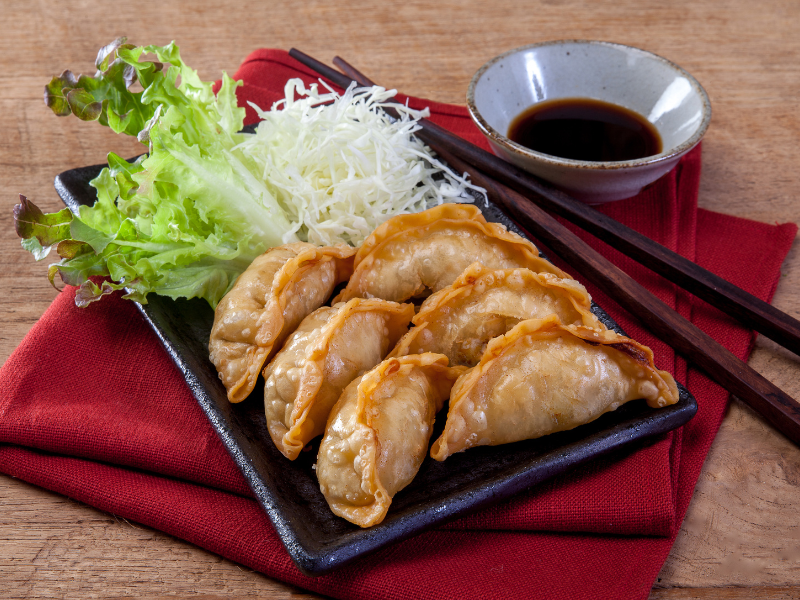Momo’s vs. Dumplings: When it comes to the delicious mouthfuls around the globe, momos and dumplings top the chart as popular favorites across cultures. They may look similar and may be prepared similarly, but momos and dumplings have different origins, tastes, and cultural significance. Let’s dive into what makes each of these culinary delights unique.

1. Origin and Cultural Background
- Momo: Originated in Tibet, but they form an essential part of Himalayan food. Now, Momo is a street food in Nepal, Bhutan, and India too, mainly in states like Sikkim and West Bengal.
- Dumplings: This food is far more common, and there is a place where these originated, which is China. It is one of the most popular dishes of Chinese cuisine, with many varieties found in countries all around the world, such as gyoza in Japan, mandu in Korea, and much more in European cuisine itself.
2. Filling and Ingredients
- Momo: The filling of Momo is made of minced meat (be it chicken, pork, or buffalo) along with vegetables or a combination of both. It contains the flavorful spices, like garlic, ginger, and coriander, that give it that typical Himalayan flavor.
- Dumplings: Filling varies with regions. Chinese are most commonly made from pork, shrimp, and vegetables. Tofu, mushrooms, and chives are often used more than others. Seasonings vary significantly. Soy sauce, sesame oil, or regional flavoring can be used for seasoning.
3. Dough and Shape
- Momos: All-purpose flour and water are usually used in making momos dough. The wrapping is thicker, and the shapes range from round to crescent, often pinched and pleated at the top.
- Dumplings: Dumpling wrappers are thinner and can be made using wheat flour, rice flour, or even starch. The shapes of dumplings are more varied—from crescent-shaped gyoza to round, pouch-like xiaolongbao.
4. Cooking Methods: Momo’s vs. Dumplings
- Momo: Momos are mainly steamed, but pan-fried and deep-fried momos are also popular. Steamed momos are served hot with a spicy tomato-based chutney.
- Dumplings: Dumplings are prepared in different methods of cooking: steaming, boiling, pan-frying, deep-frying, or even baking. All the methods of cooking impart different textures and flavors to the dumplings, thus making them highly versatile.
5. Side Dishes and Serving Style
- Momo: Normally accompanied by a savory, spicy sauce that is ready from tomatoes, chilies, and garlic. Somewhere clear broth or soup is also accompanied with Momo.
- Dumplings: Dumplings are mostly served in soy sauce, vinegar or chili oil-based dips. Depending on the cultural choice of people, the sauces are either sweet or spicy.
6. Popularity in the Region and Worldwide
- Momos: Despite coming from the Himalayas, momos are a common dish throughout India. Indian momos, such as cheese and tandoori, typically use regional spices.
- Dumplings are the most popular food in the world, and every culture has some type of native variation. For instance, the dumpling is typically the primary element in Russian pelmeni, Italian ravioli, and Polish pierogi.
7. Profile of Taste : Momo’s vs. Dumplings
- Momos: The flavor profile of momos is simpler because they are produced with fresh ingredients and mild flavors. Usually, the momos’ chutney enhances the flavor of the filling.
- Dumplings: Because of local marinades, cooking methods, and spices, the flavors are more varied.

Conclusion
Both are cherished, not for their richness but for the convenience they come with and the variety of flavor. Dumplings showcase diverse international cuisines in different bites, while Momo epitomize comfort cuisine from the Himalayas. With each bite, another culture and flavor can be tasted-be it while savoring steamed Momo in the middle of the bustling streets of Kathmandu or delicate dumplings at a Chinese dim sum brunch.
